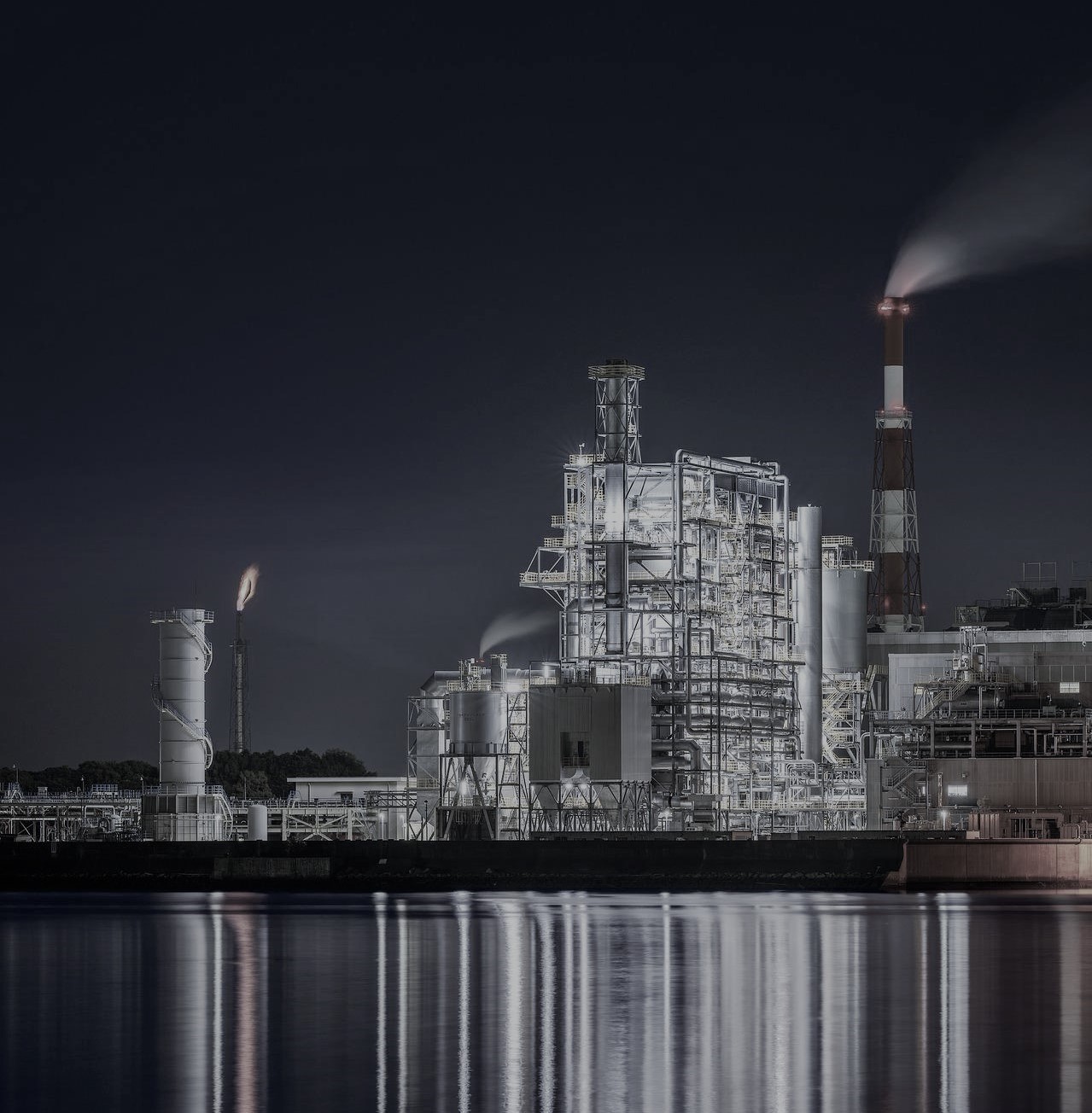
Situation: Combined cycle power plants use both gas and steam turbines to produce more electricity from the same fuel than a traditional plant. The waste heat from the gas turbine is used by the steam turbine to generate additional power. Many inefficiencies can occur during this complex process, resulting in excess fuel use and emissions production. A Northeastern US combined cycle plant sought to determine the most efficient possible firing regime while meeting the maximum capacity and load-following commitments bid into the Regulation Ancillary Services Market.
Solution: nDimensional technology was used to optimize the operations at two combined cycle generating units. Machine learning models were used to estimate near-term plant demand and available generating capacity in the context of grid and ambient weather conditions. A plant equipment response model was also created. These inputs were used to determine optimal duct burner operation. The optimizer allocated fuel across plant sub-systems, i.e., loading across combustion turbines, HRSGs, duct burners, and steam turbines, to minimize fuel use while meeting capacity and ramp-rate commitments. The models were integrated into control applications to provide more efficient dispatch of duct burners and overall fuel savings. Using the optimizer to more closely follow predicted demand was estimated to save between $875,000 and $1.2 million annually.
